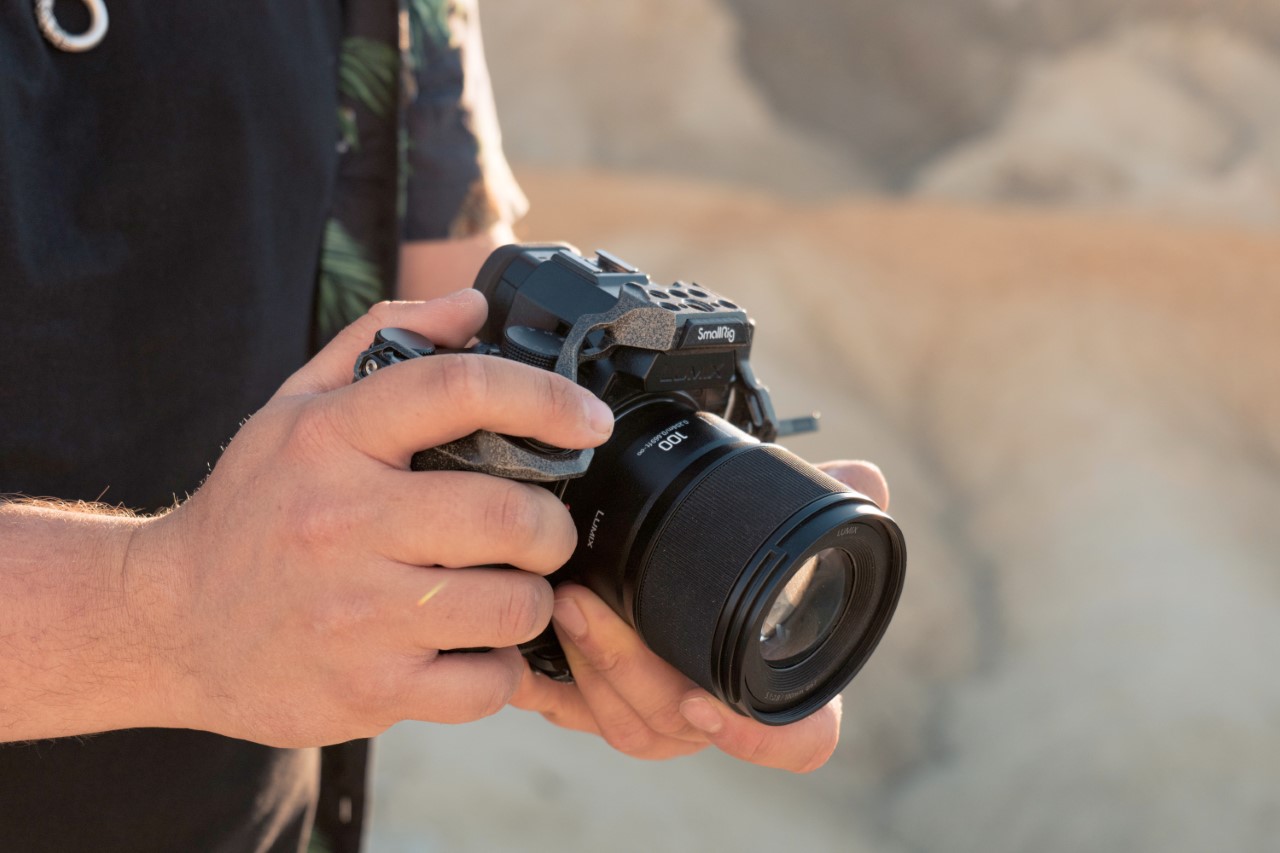
At CES 2024, Panasonic introduced the LUMIX S-E100, the world’s smallest and lightest medium-telephoto fixed focal length macro lens. This addition to Panasonic’s LUMIX S Series isn’t merely an incremental update but a significant leap forward in the realm of photography and videography gear, reflecting a blend of compactness, performance, and innovation.
Designer: Panasonic
A marvel of engineering, the S-E100 weighs in at a mere 298 grams. But don’t let its featherweight profile fool you. This lens packs a punch with high resolution, stunning bokeh unique to macro lenses, and an excellent depth of expression. The inclusion of a new optical design and a newly developed Dual Phase linear motor ensures that it’s not just lightweight but also a heavyweight performer in its category.
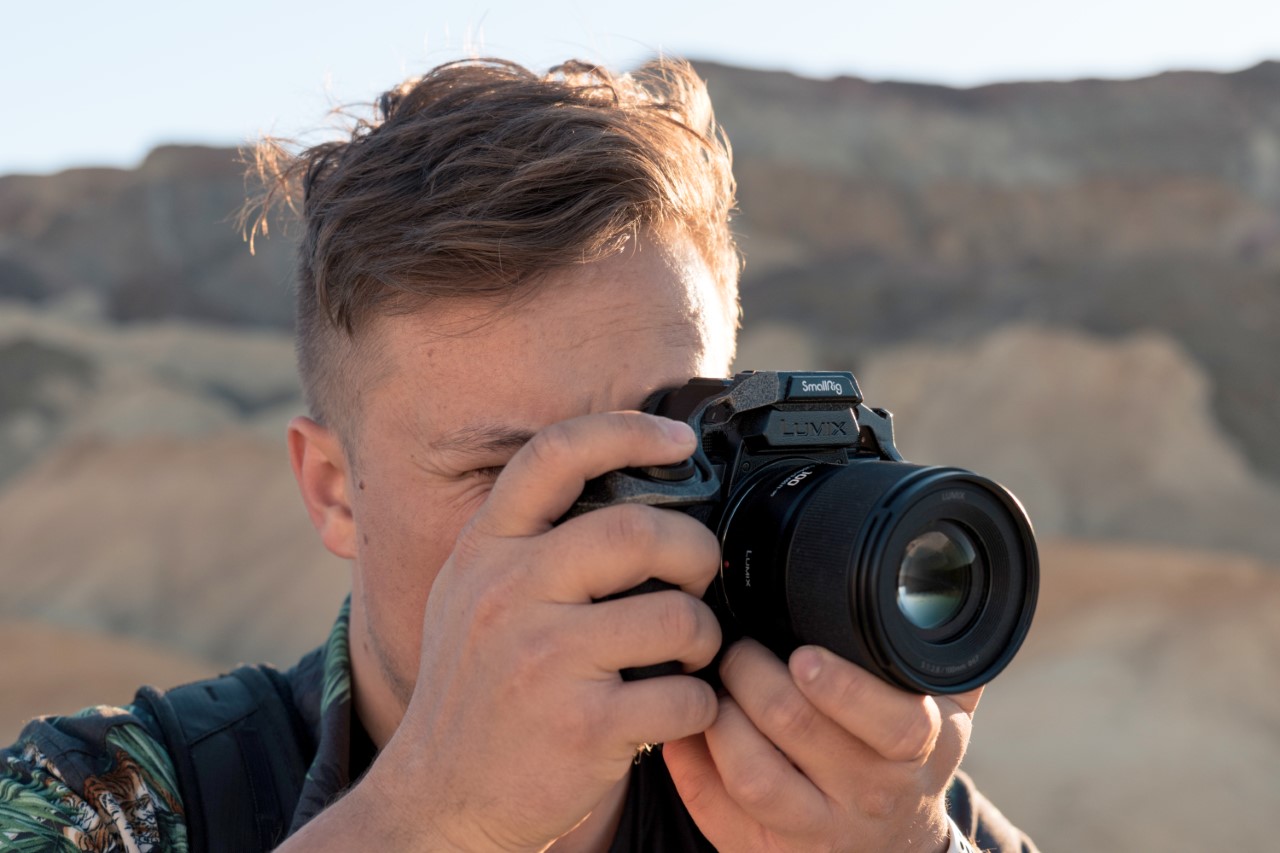
The S-E100 stands out not only for its close proximity photography but also for producing impressive portraits and images unique to medium-telephoto lenses. It comes with a bright F/2.8 aperture and supports fast autofocusing, making it versatile for various shooting conditions. With an increased demand for video capabilities, Panasonic has equipped this lens with a silent operation feature and optically corrected focus breathing, ensuring high-quality video content production.
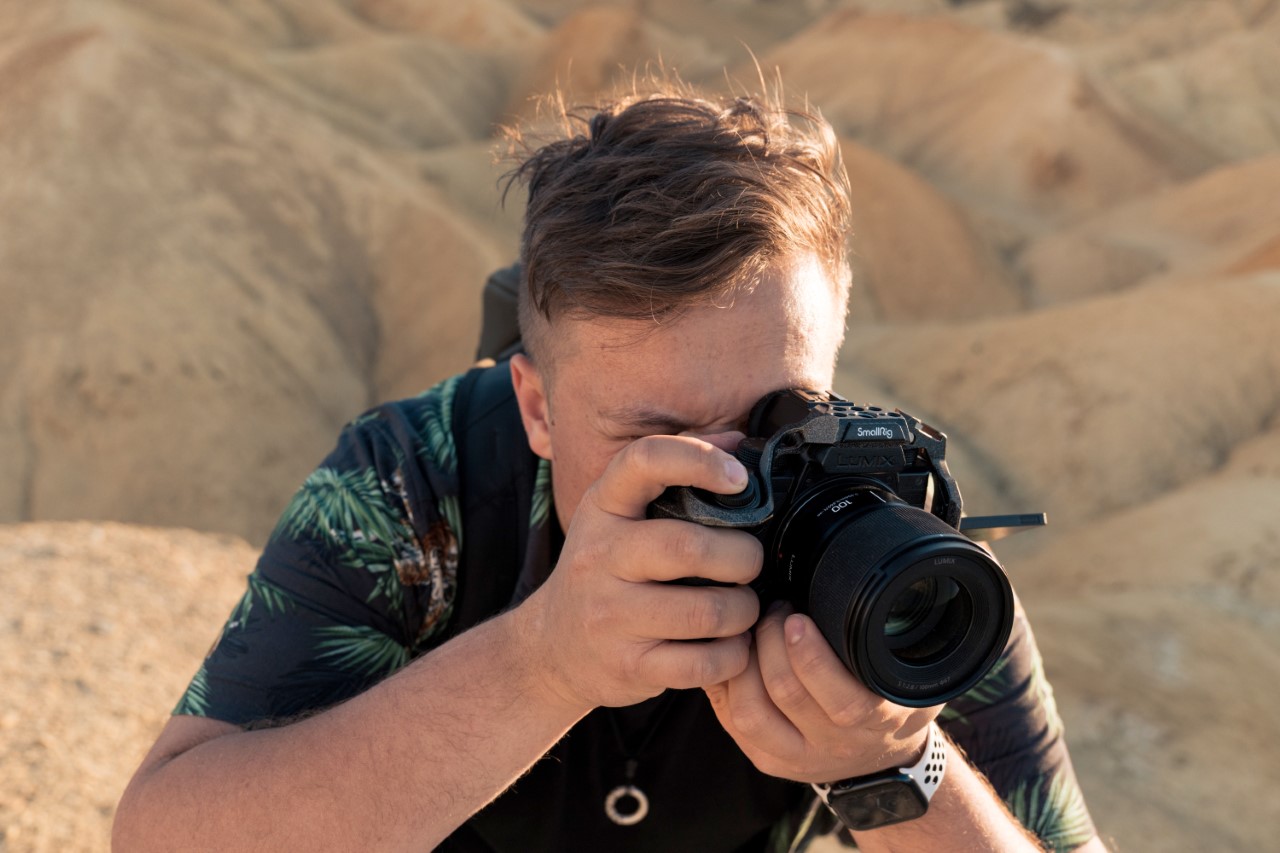
Panasonic’s aim is clear: to spearhead a new era in the digital mirrorless camera market. With cutting-edge performance and enhanced mobility, the S-E100 is not just a tool for photographers and videographers; it’s a companion for those who dare to explore and capture the world in all its detail.
With features like a new Double Focus System, three aspherical lenses, and a newly developed Dual Phase Linear Motor with a new actuator, the S-E100 is designed for a wide range of scenarios. Its high resolution and photographic performance capture every detail of the subject, creating a mesmerizing bokeh effect unique to medium-telephoto macro lenses. For video producers, the S-E100 offers silent operation, suppressing focus breathing and allowing for smooth exposure changes.
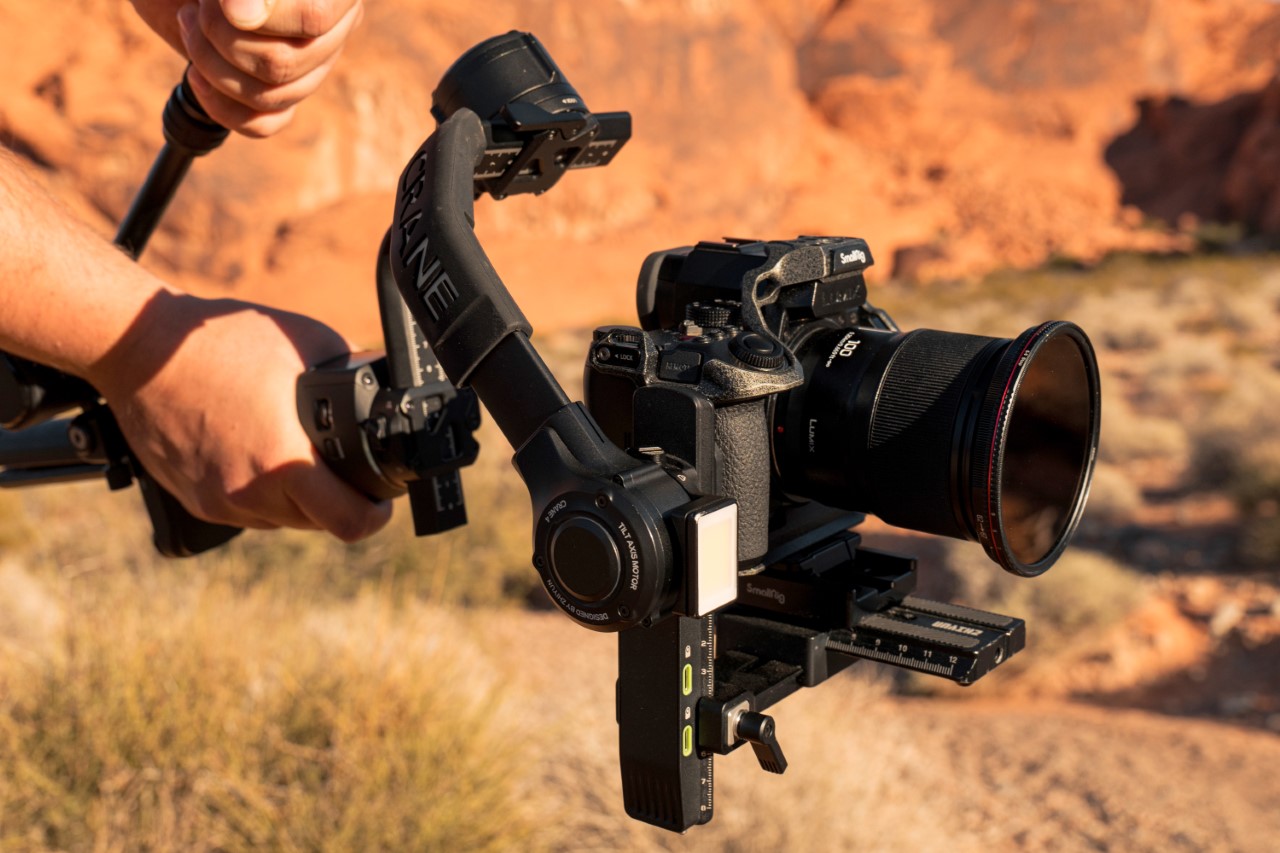
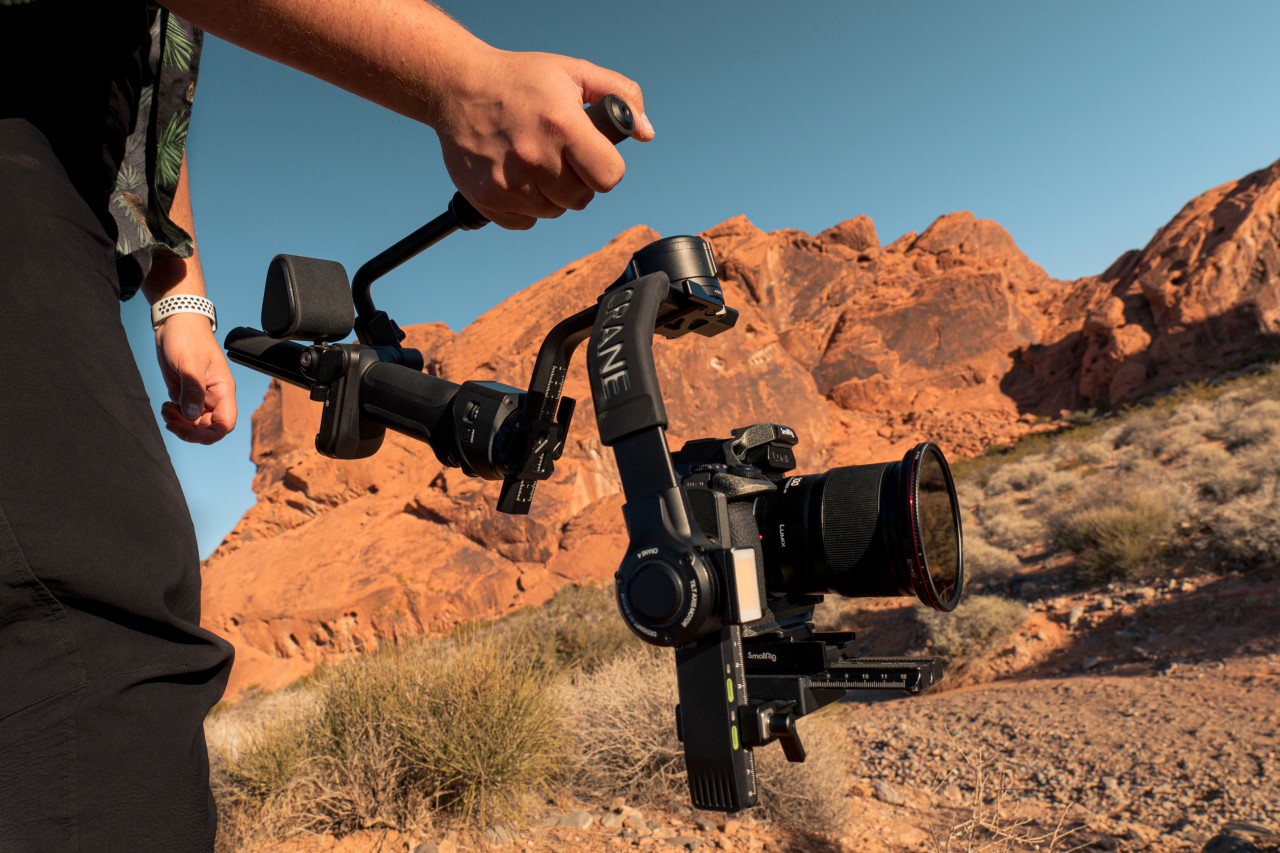
Furthermore, the fast autofocus performance of the S-E100 expands its capabilities, enabling speed and precision for faster action tracking in both photo and video uses. Its ultra-high precision manual focus sensor ensures unparalleled manual focus precision, even at 1:1 macro.
Panasonic has also considered the overall user experience. The S-E100 is designed to integrate seamlessly with Panasonic’s existing F/1.8 series of lenses, offering a consistent and unified experience across various focal lengths. This thoughtful design extends to the color rendering, ensuring uniformity regardless of the lens used, a crucial aspect for professionals managing extensive shoots.
The LUMIX S-E100 lens is set to be available at the end of January 2024 for $999.99.
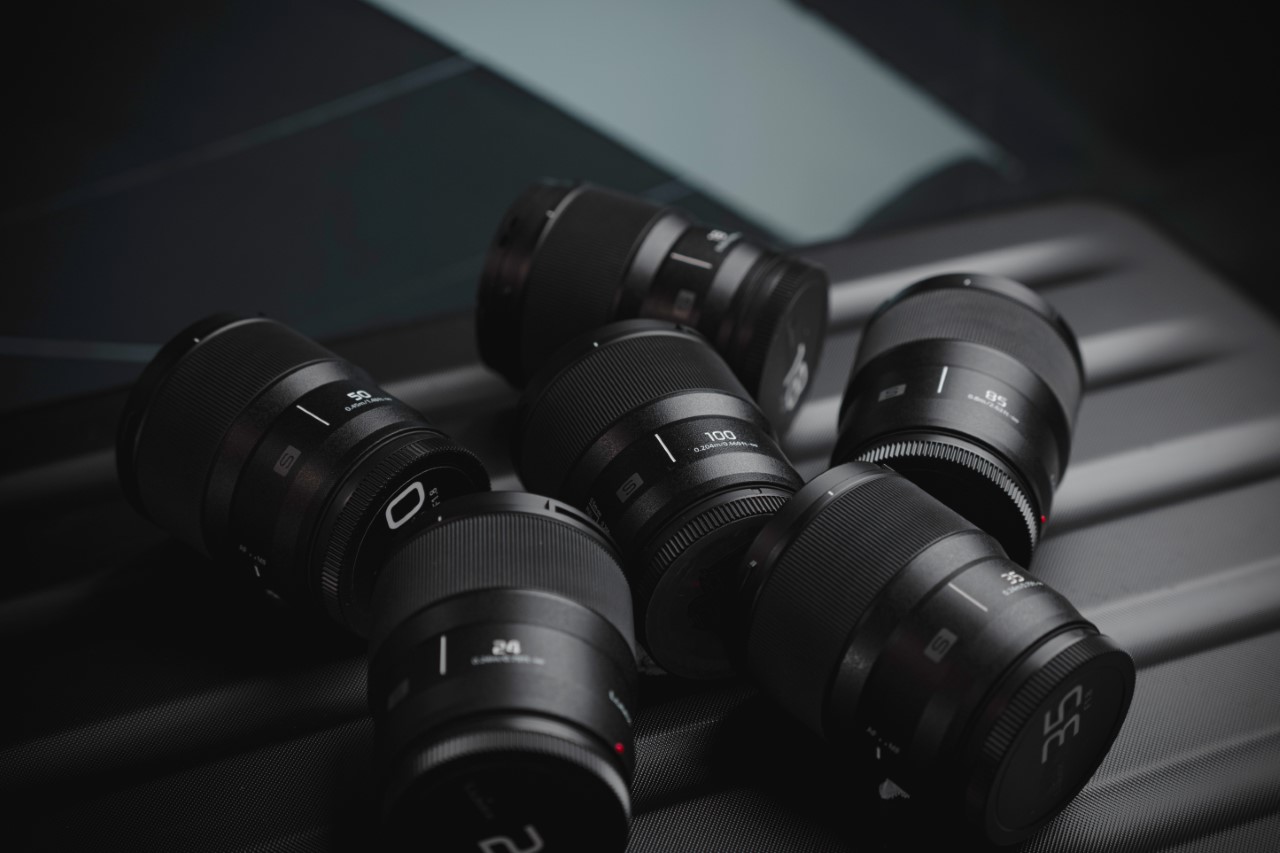
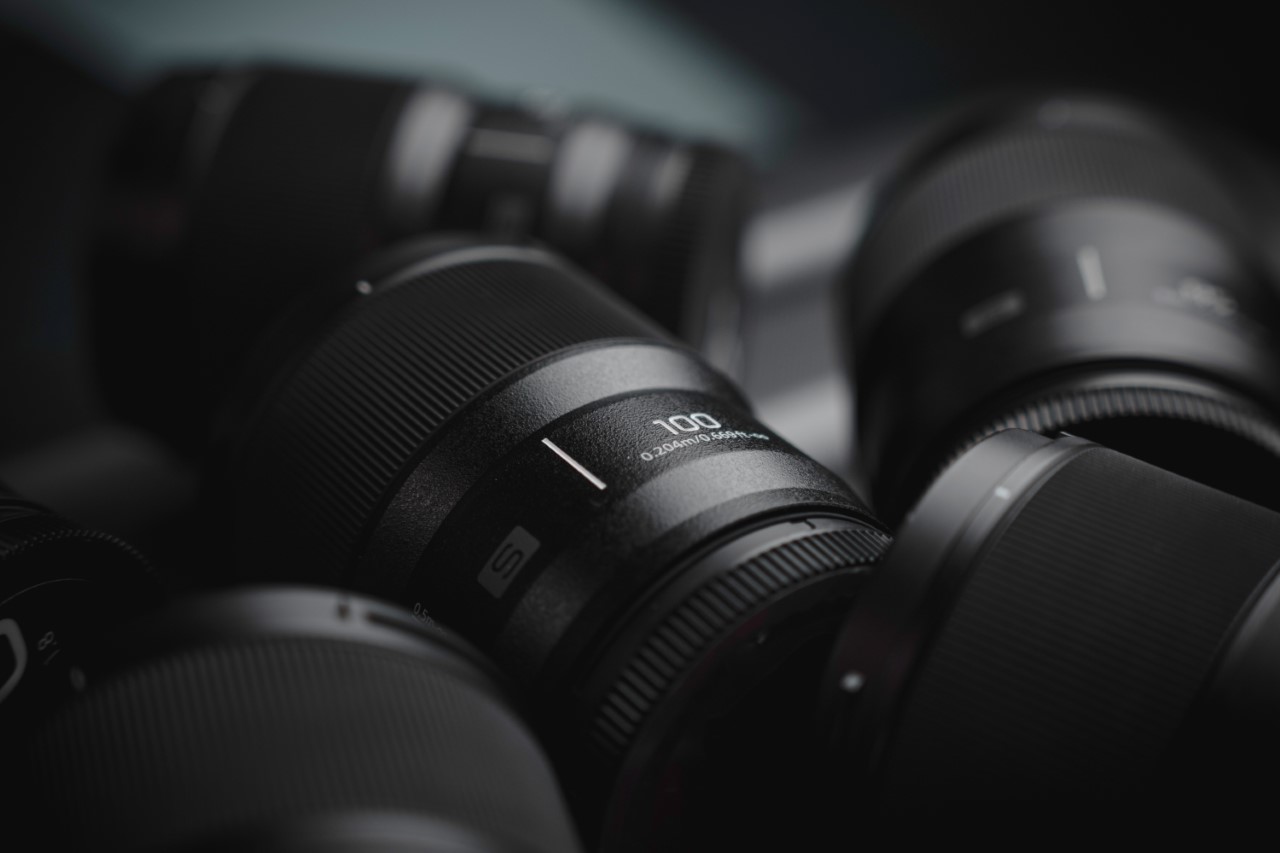
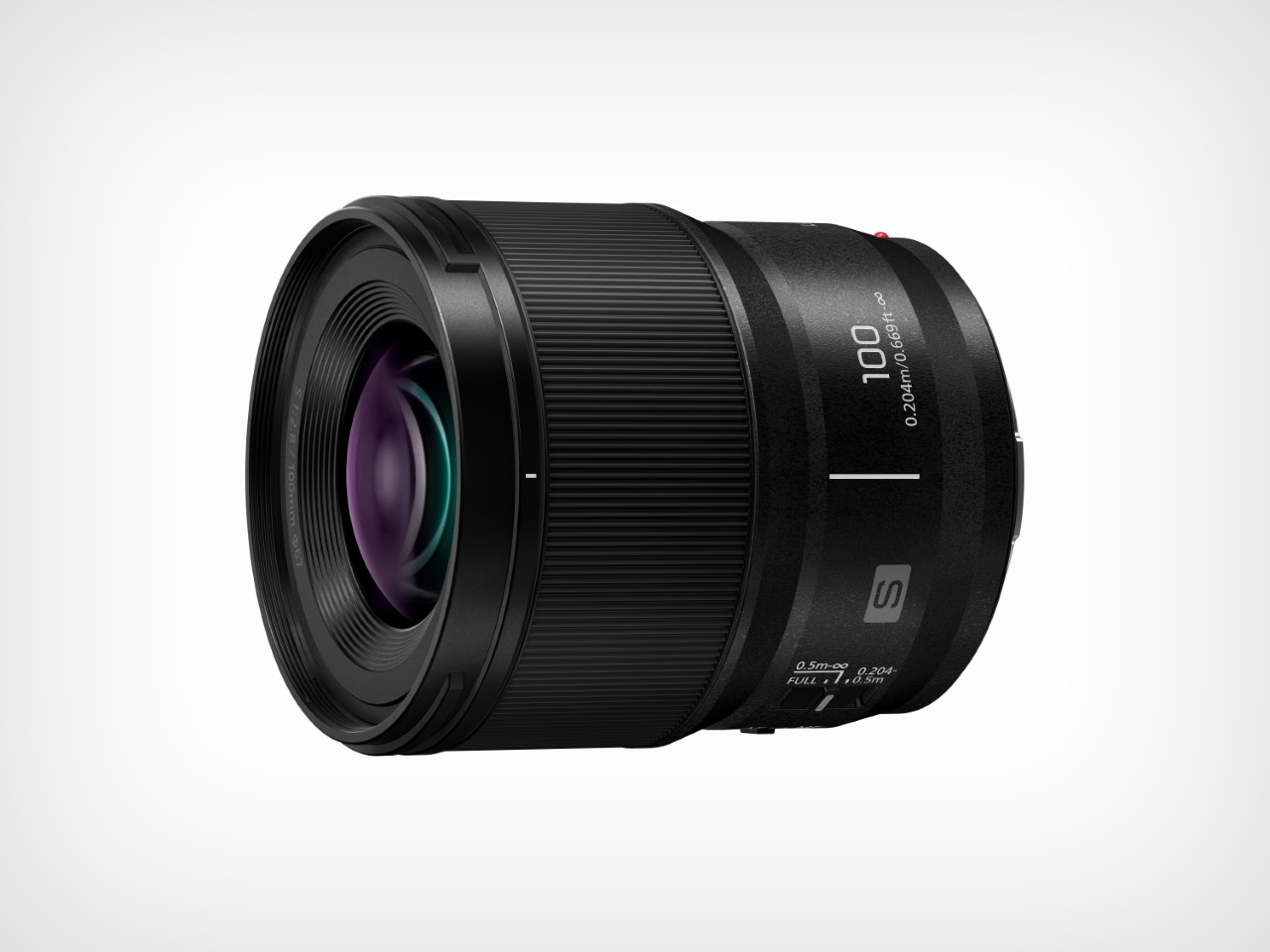
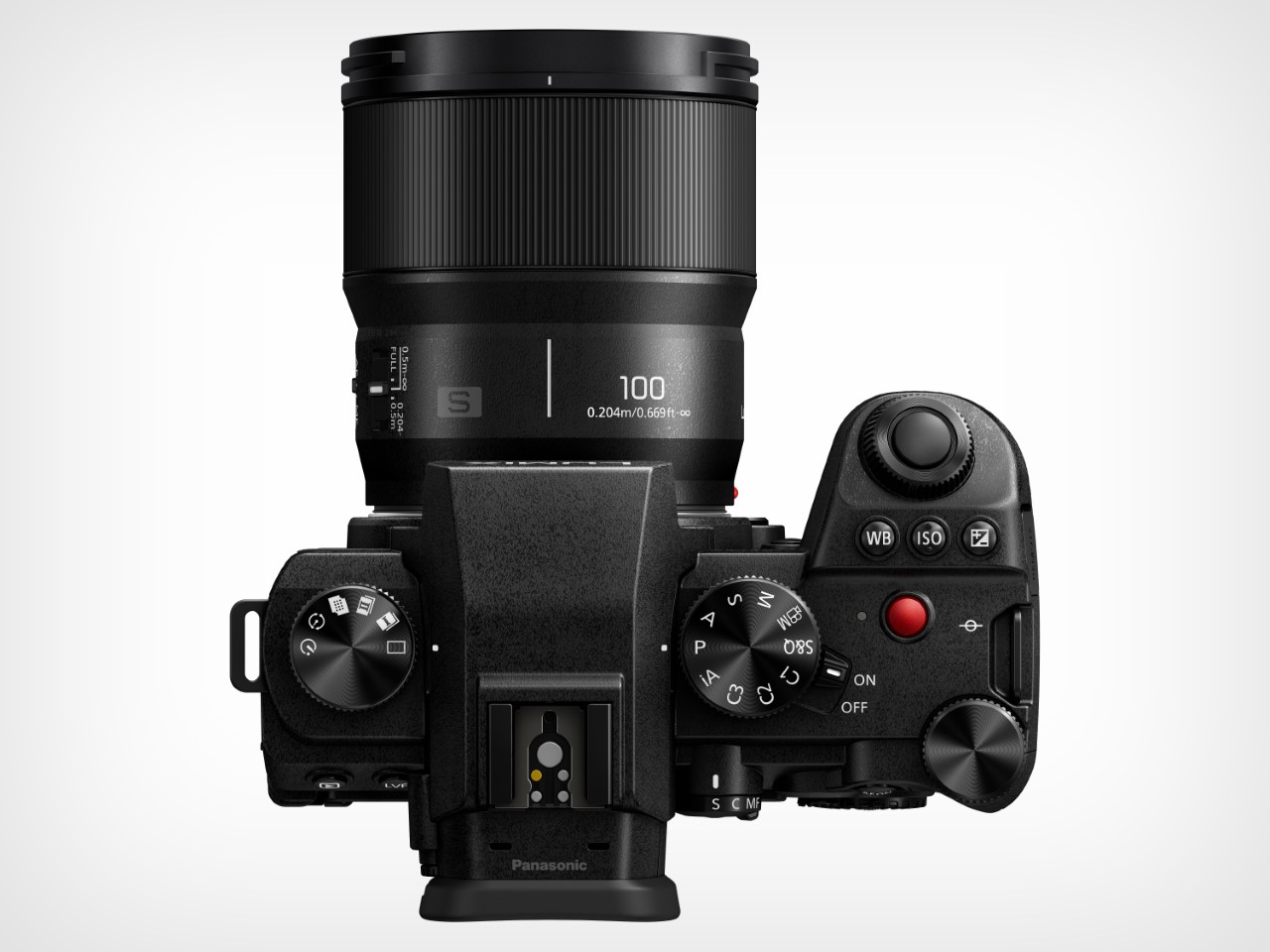
The post Panasonic announces “World’s Smallest & Lightest” medium-telephoto macro lens at CES 2024 first appeared on Yanko Design.








